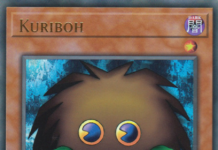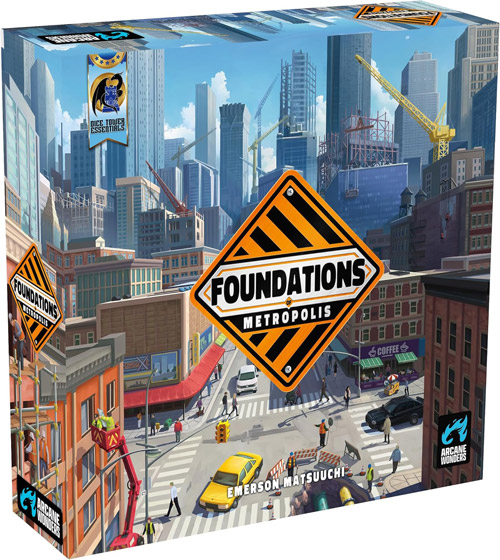
Today, we’re taking a trip to a bustling metropolis where only the most cunning architects can leave their mark. Foundations of Metropolis, a tile-laying game from Arcane Wonders, puts players in the shoes of ambitious builders competing to construct the grandest structures and earn the prestigious title of Grand Architect.
Publisher: Arcane Wonders
Players: 2-4
Ages: 14+
Playtime: 10-15 minutes
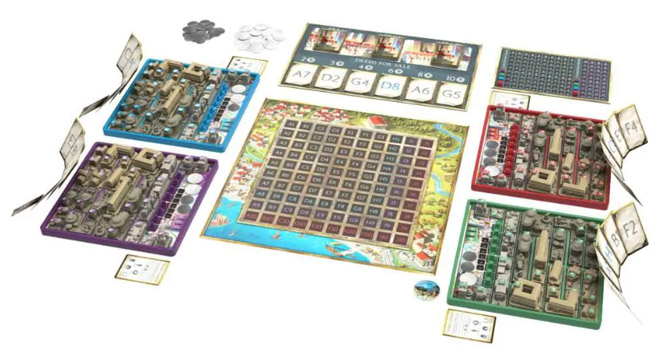
A Familiar Foundation
Pojo readers might recognize Foundations of Metropolis as a successor to Foundations of Rome. While the core gameplay remains largely unchanged, Foundations of Metropolis brings a fresh coat of paint with a new theme and polyomino pieces. Players will still be vying to score points by acquiring land and constructing buildings, but this time they’ll be crafting coffee shops, malls, and condominiums instead of ancient Roman structures.
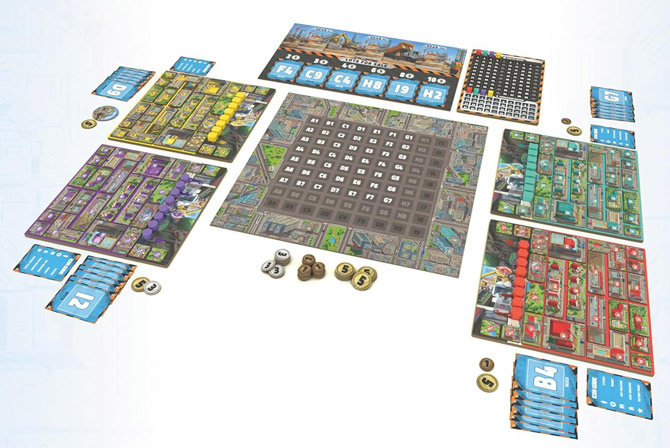
What’s in the box?
The box is about 11″ x 11″ x 3″. And the box is incredibly well-designed. The polyominoes for each player fit in a personal tray, and those trays store fully assembled in the box. Very nice! The box is packed with contents:
- 81 Deed Cards
- 68 Coins
- 4 Player Boards
- 96 Building Tiles
- 32 Lot markers
- 8 Score Cubes
- 4 Player Aid Cards
- 1 First Player Token
- 1 Deed Board
- 1 Score Board
- 1 City Board
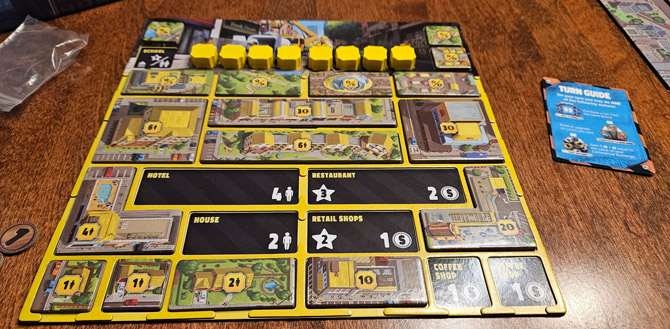
Building Your Way to the Top
Foundations of Metropolis has a bit of a different flare to it. Instead of the usual system of “take something from the middle of the table and put it in your personal tableau”, you are taking something from your personal tableau and putting it on the board. Everyone is building a large metropolis together. All players’ buildings feed off each other. You will want to put schools near residential dwellings, and build parks near civic buildings, etc.
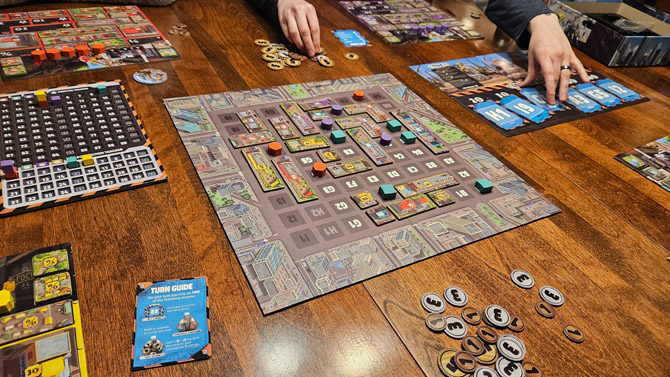

Foundations of Metropolis is a breeze to learn. On each turn, players take one of three simple actions:
- Take Income: Once you’ve constructed buildings, you’ll can collect income from them, i.e. Malls and Coffee Shops will generate income for you. – or –
- Claim Land: Buy a plot of land from the available pool. When you do this, you put a meeple marker on the board so everyone knows you own that plot. – or –
- Construct a Building: If you have a suitable plot of land, you can construct a building. Buildings come in various sizes and complexities, requiring a specific number of connecting land plots. This is when you take a polyomino from your tableau and place in the board.
The game progresses over three rounds, with players strategically acquiring land, constructing buildings, and managing their resources to maximize their prestige. The player with the most prestige at the game’s end is declared the Grand Architect!
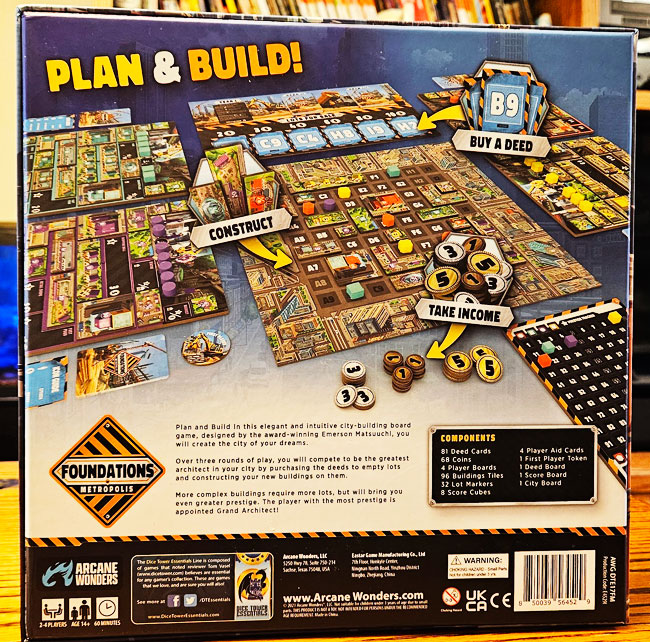
Pros, Cons and Final Thoughts
Pros:
- Easy to learn and teach
- Engaging gameplay for both casual and strategic gamers
- Manages to offer depth despite its streamlined rules
- Plays in about an hour
- Ingenious Box and Tableau Design
Cons:
- A bit difficult to differentiate polyominos on the board from a distance
The Pojo Verdict
Foundations of Metropolis is a light-to-medium weight game that’s perfect for both families and experienced gamers. The easy-to-learn rules make it a great gateway game for introducing new players to the world of tile-laying and strategic resource management. For more experienced players, the game offers a surprising amount of depth, with strategic decisions to be made regarding land acquisition, building selection, and resource management.
This game brings up a blend of nice gamer feelings for me. The main board feels a bit like Bunny Kingdom. Playing buildings kind of feels like Tiny Towns. Simple gameplay reminds me of Ticket to Ride. And buying lots reminds me of Foodies. And those are all good feelings in my mind.
Pojo Rating: 4.5 out of 5 stars
My only negative is that I had a hard time determining what type buildings were already on the board (mine and my opponents). It is important to place buildings that work together next to each other. And from your seat at the table, it is kind of hard to differentiate some buildings from others. Is that 1×1 polyomino tile a school, a coffee shop, or a single family home? Let me stand up and look. I’m sure that I will get better at recognizing tile differences with multiple playthroughs.
Click here to check the current price on Amazon.com



